After Torque News published our previous story in which airplane pilots and Tesla owners explained how the Autopilot works, we received this comment from Anthony Amaturo, who claims to be a pilot and a Model S owner. The comment is insightful and we decided to share with our readers below.
Understand The Limitations of Tesla Autopilot
I am a Tesla Model S owner and private pilot. I recognized early on that (similar to airplane autopilots) the key to getting the most out of Autopilot was to learn as much as possible about the components of the system and their various roles and (most importantly) limitations.
While the driver (same as a pilot) always has the final responsibility for safety, when you understand the limitations of the system, you instinctively recognize conditions that allow you to ease up a bit, or if you need to very actively monitor or even take complete control.
Autopilot Tells You Precisely What Key Visual Data It is Receiving
One part of the Tesla Autopilot system that is an absolute godsend, but does not get much appreciation, is the way the system can tell you via the dashboard display precisely what key visual and/or radar data it is receiving, as well as which of these it is actively using to navigate. This is critical, since these components have differing levels of accuracy. The system displays both lane markings and other vehicles, in either white (gray) or blue. All information will initially be shown in white (Autopilot can "see" these), such as before Autopilot is engaged.
When the Autopilot is activated, the data it is using as primary then appears in blue. As road conditions change, you can see these items change color over time.
As an example, if I have have the Autopilot engaged on a secondary road, I will initially see the lane lines in blue, with vehicles ahead shown in white. In this state, the car is able to precisely steer within its lane.
However, upon crossing an intersection, the lane markings disappear completely, and the vehicle immediately ahead changes color to blue, to show it is now the primary data. However, I will also notice that steering becomes much less precise, depending upon how close I am to the car ahead. While the Autopilot can follow the car ahead, there is much less side-to-side data from which to determine direction.
Of course, you could say that I should not be using Autopilot on a secondary road. However, at the time I was entirely aware of my complete responsibility for the actions of the car, and the information I gathered during that exercise was invaluable, as you will soon see.
Tesla Drivers Should Educate Themselves About The Autopilot
The point of all this is to illustrate that the more the driver educates themselves about the system, the safer they will be. The driver must know the limitations of Autopilot, or otherwise be lulled into a false sense of security.
Lane markings are identified only using the front facing camera. Any condition that makes this determination difficult should immediately raise a red flag.
One time I was driving south on I-95 and entered a stretch where the lane markings were less than optimal. Additionally, the sun was low in the sky and there had been a recent rain, so glare was present. Because of this, I was immediately alerted to closely watch over the Autopilot. On the dashboard I noticed the Autopilot constantly switching priority between the lane markings and a vehicle about 7-8 car lengths ahead. Mere seconds after that the road (and lanes) narrowed as I-95 went over a short creek bridge. Autopilot did not correct for the narrowing of the lane. If I had not been on high alert at the time, I would have no doubt become part of the bridge abutment at 70 mph.
I still use the Autopilot almost every day and love it, because I am well educated on what it can and cannot do.
How do you use the Autopilot if you are a Tesla driver? Please share your experience in the comments section below for discussion.
Watch: Tesla AutoPilot: “Stop Please, It’s Not Stopping, It’s Not Stopping”







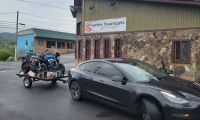
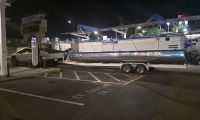
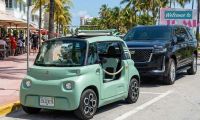
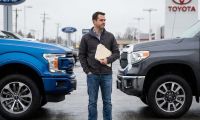
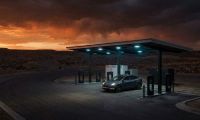
Comments
The best tip for using the
Permalink
The best tip for using the Tesla Autopilot is to keep your hands on the steering wheel and keep your eyes on the road.
Adaptive Cruise Control with
Permalink
Adaptive Cruise Control with Auto steering and automatic lane change. That is current Autopilot in a nutshell and I love it! Use it every day and my stress levels in the everyday traffic jams have gone down significantly! Worth every penny.
I did a road trip Friday.
Permalink
I did a road trip Friday. Autopilot worked perfectly. However, I noticed the interval between the auto pilot nagging me to put my hands on the steering wheel is lower than last time I checked it. Exactly 1 minute between nags. It used to be two minutes.